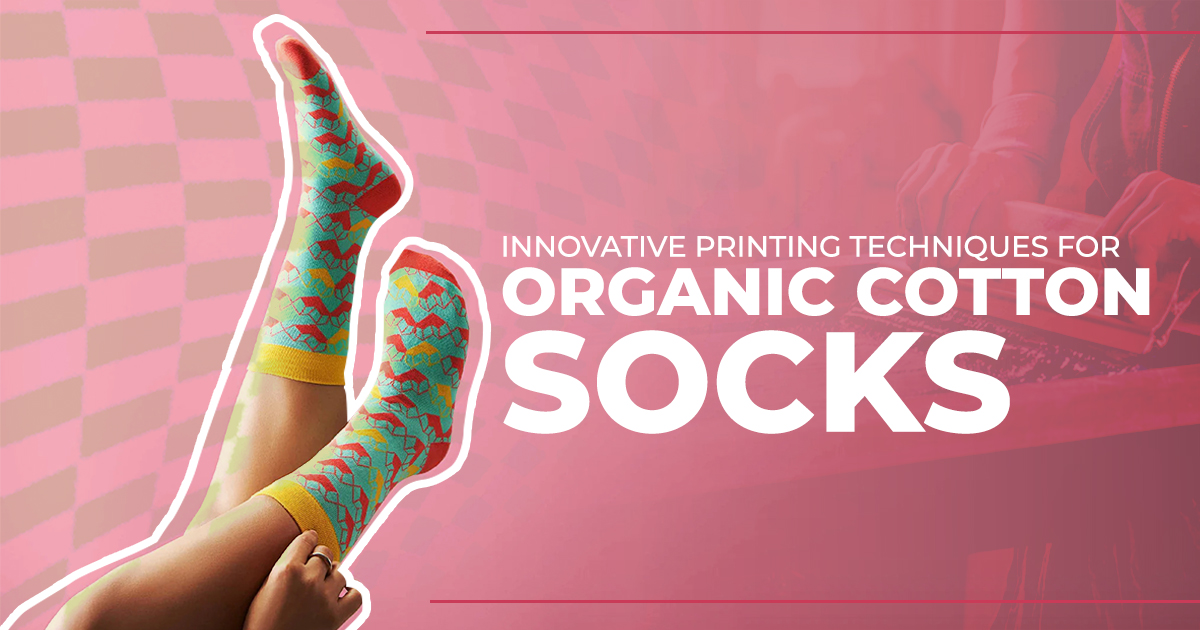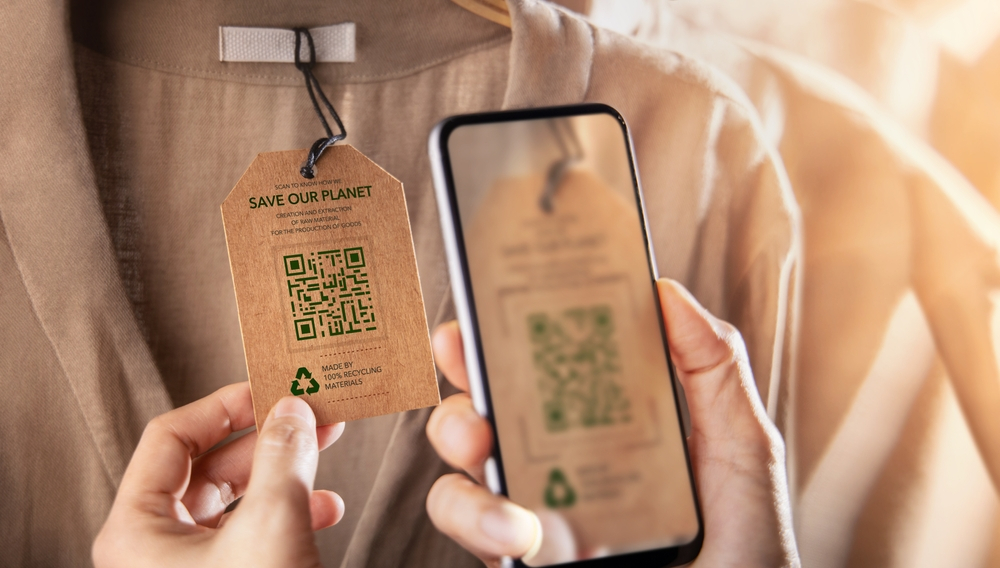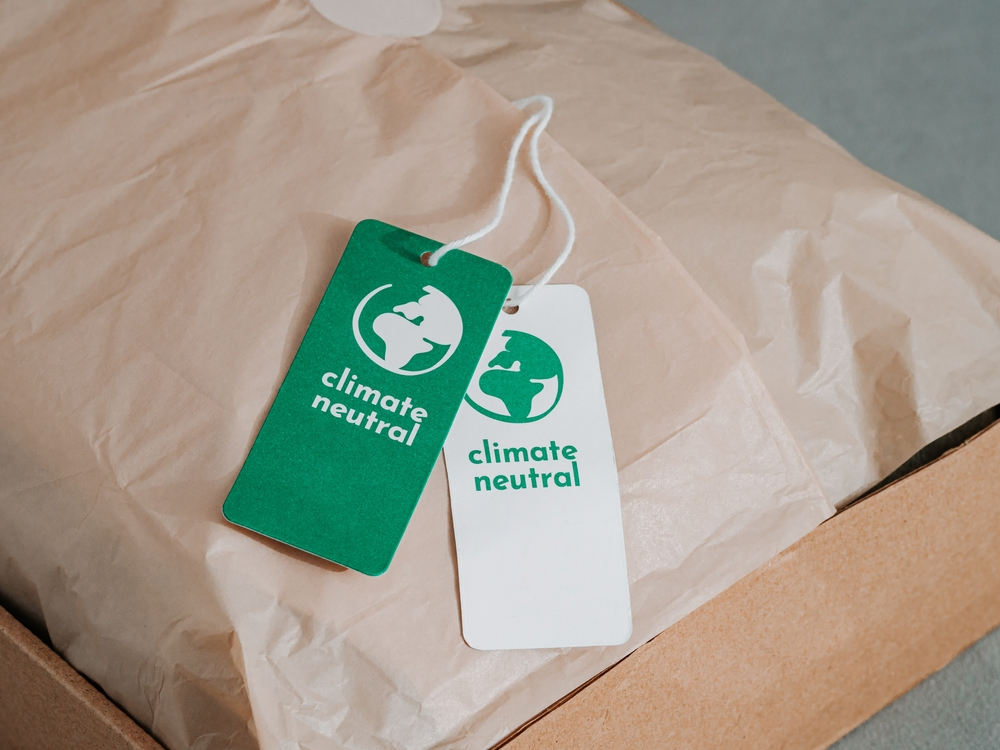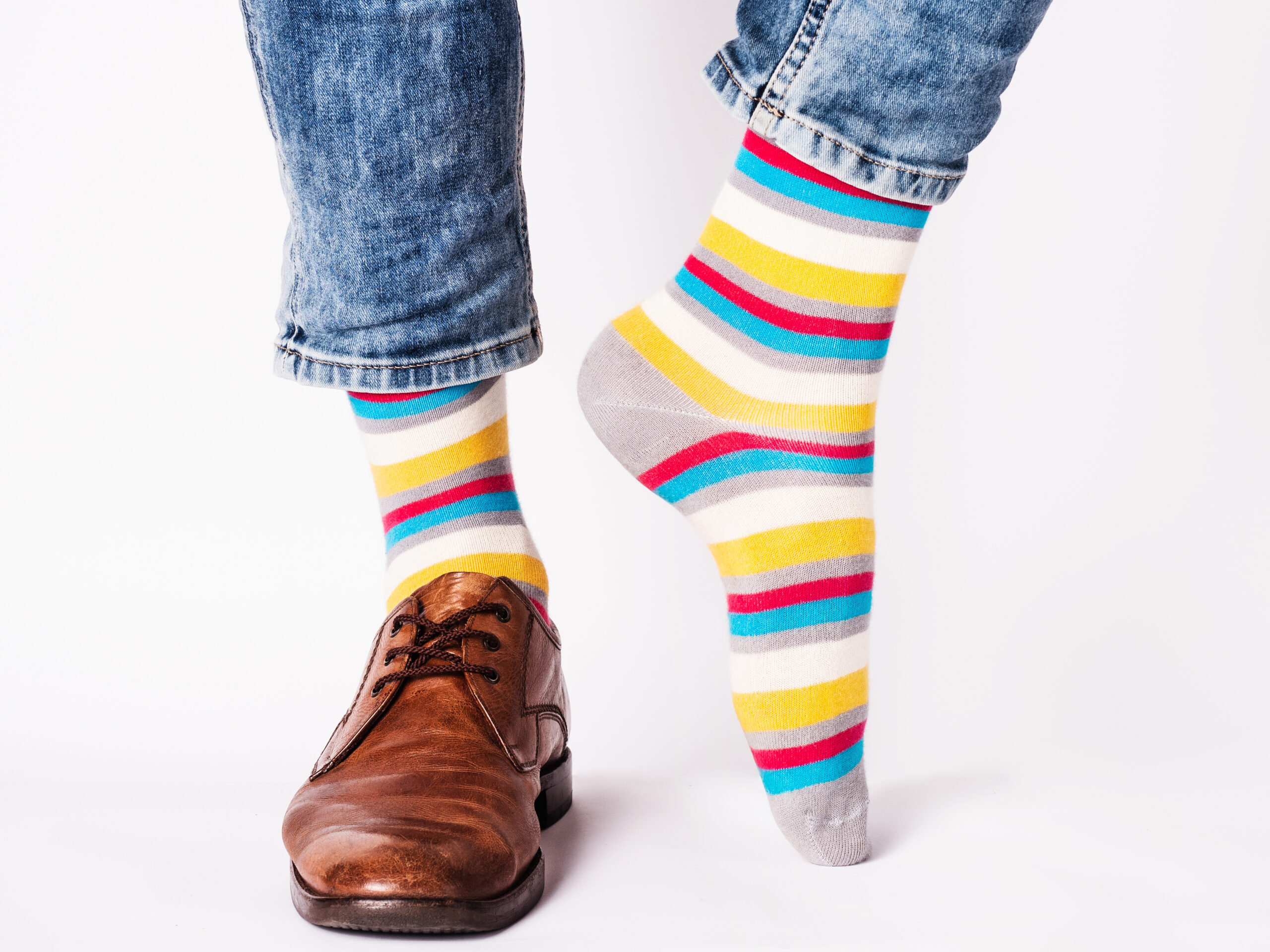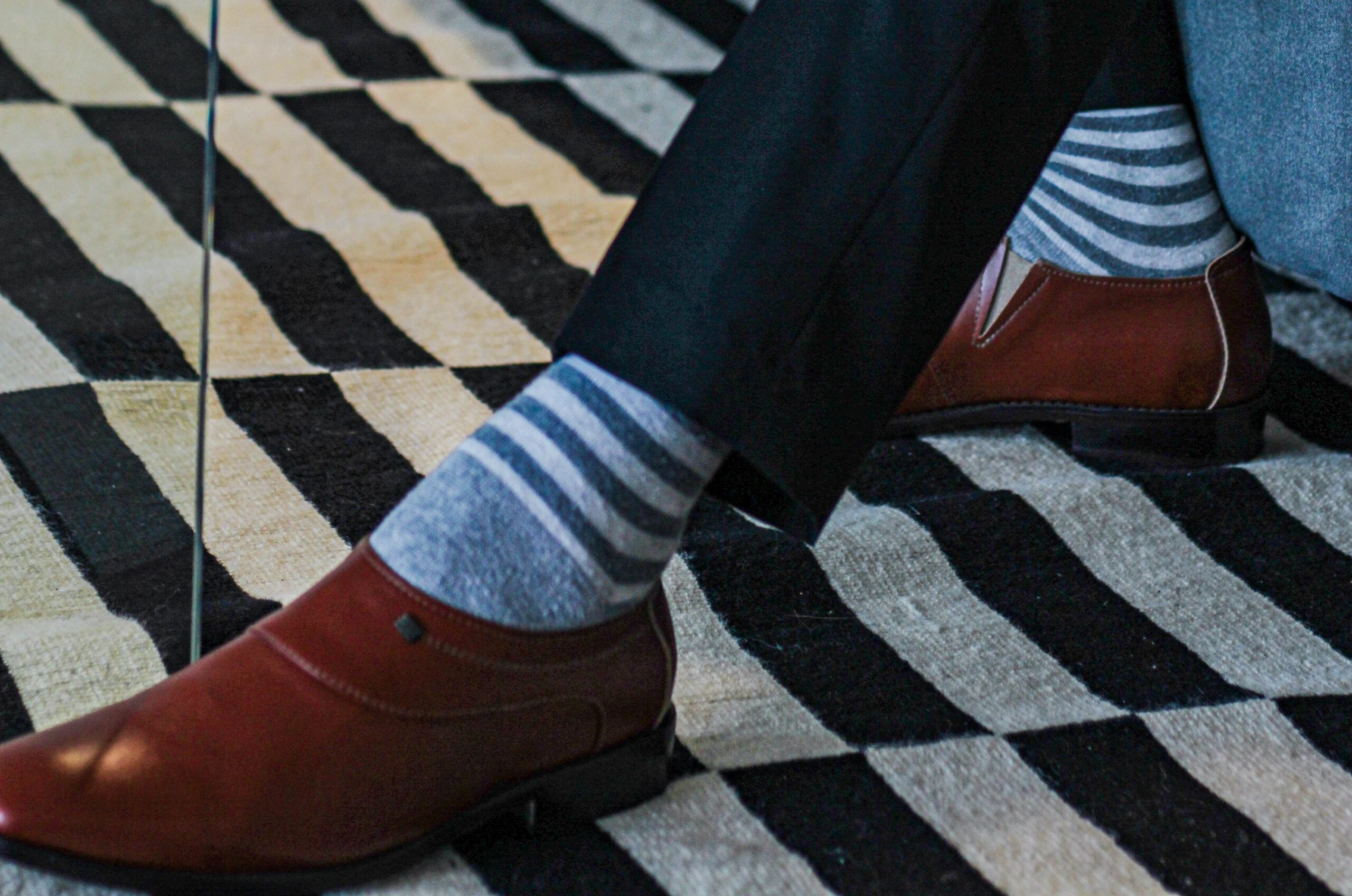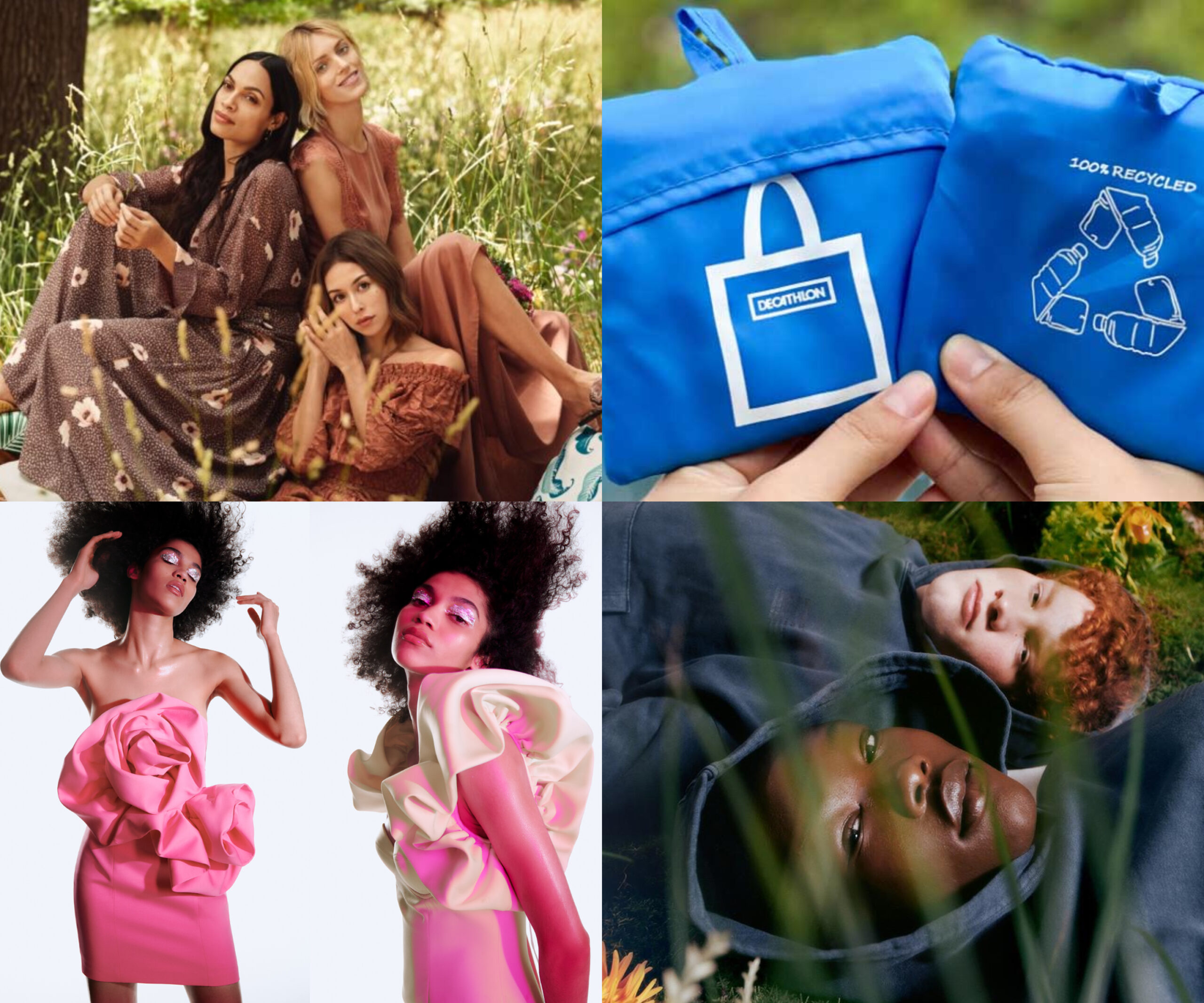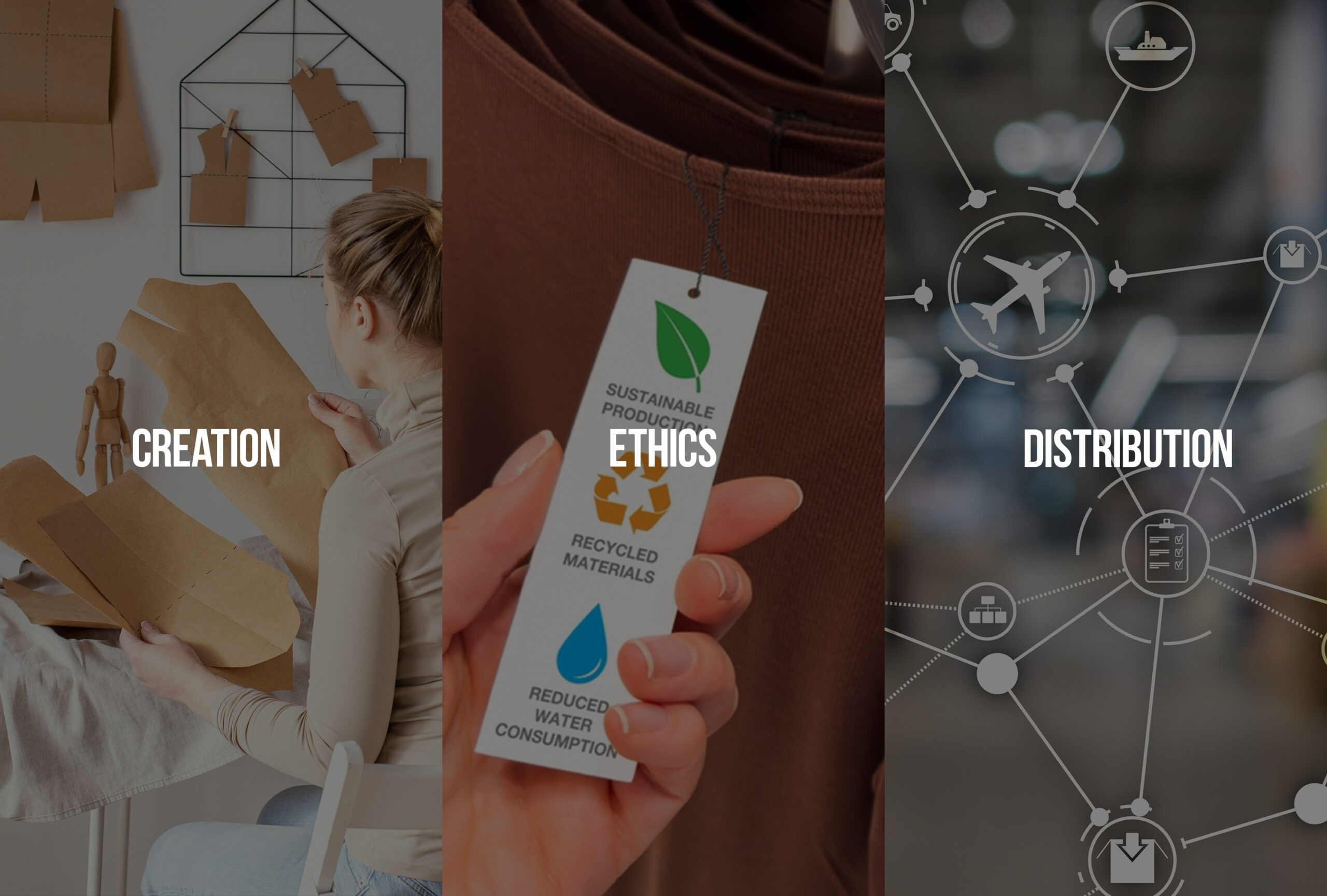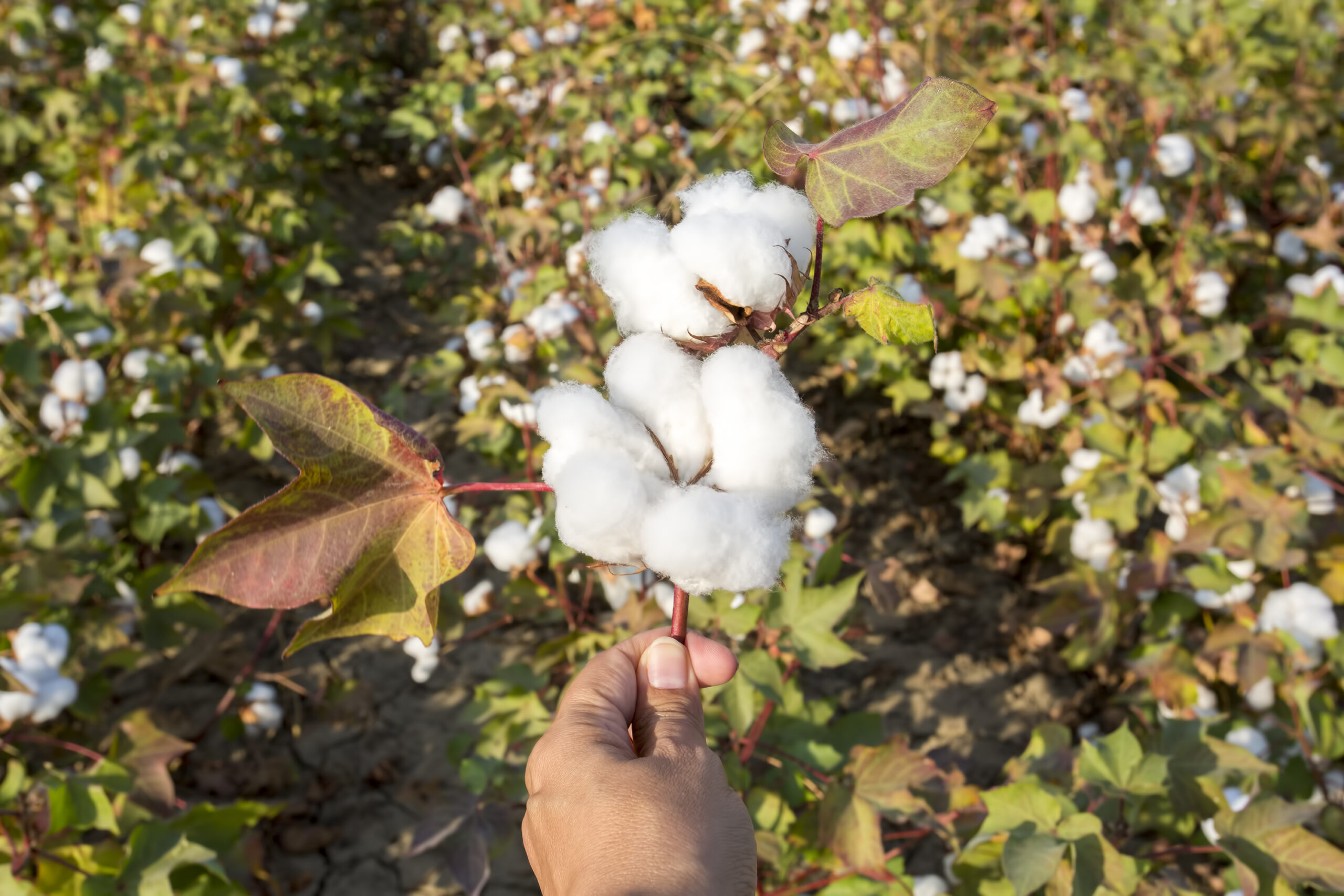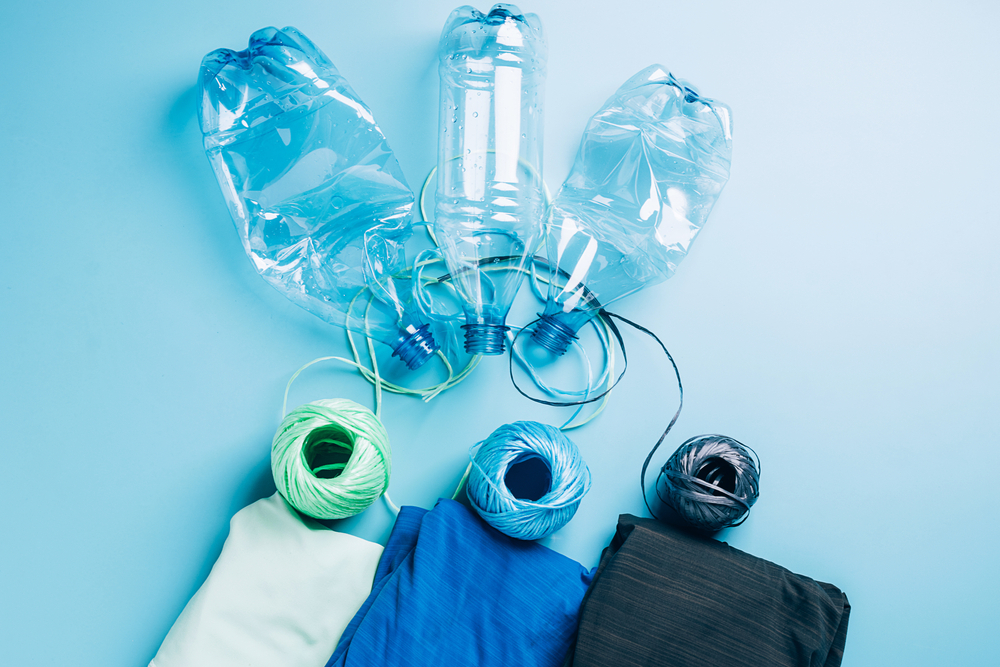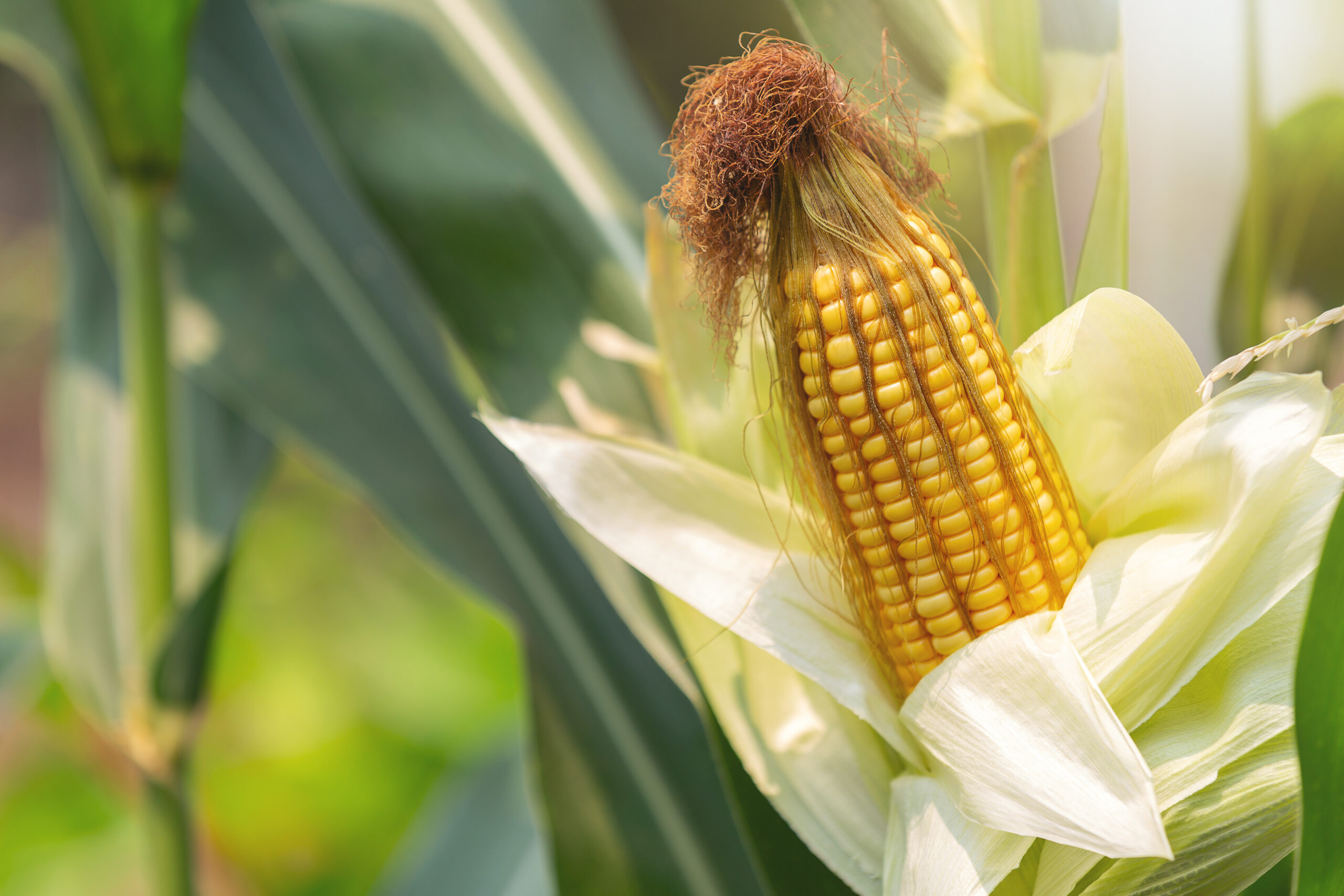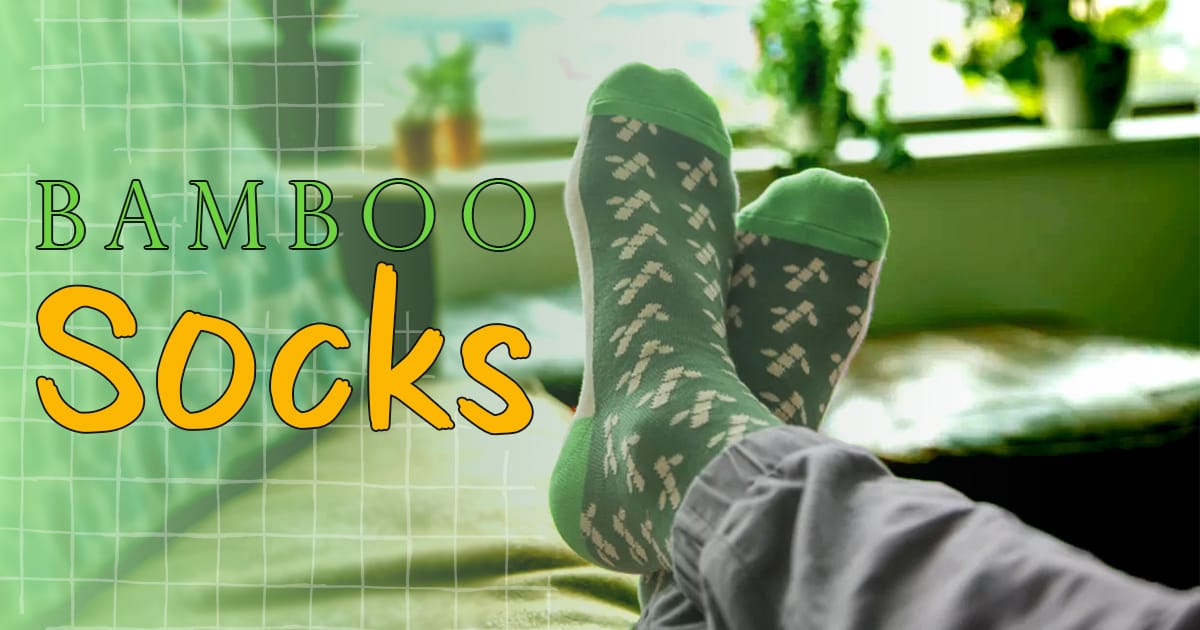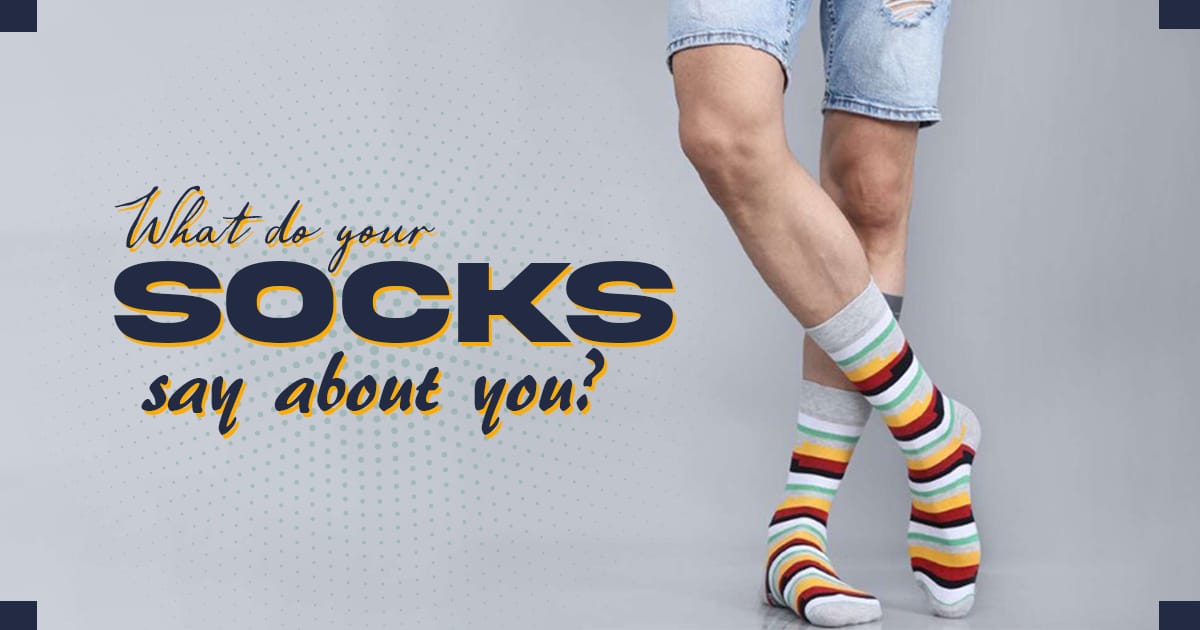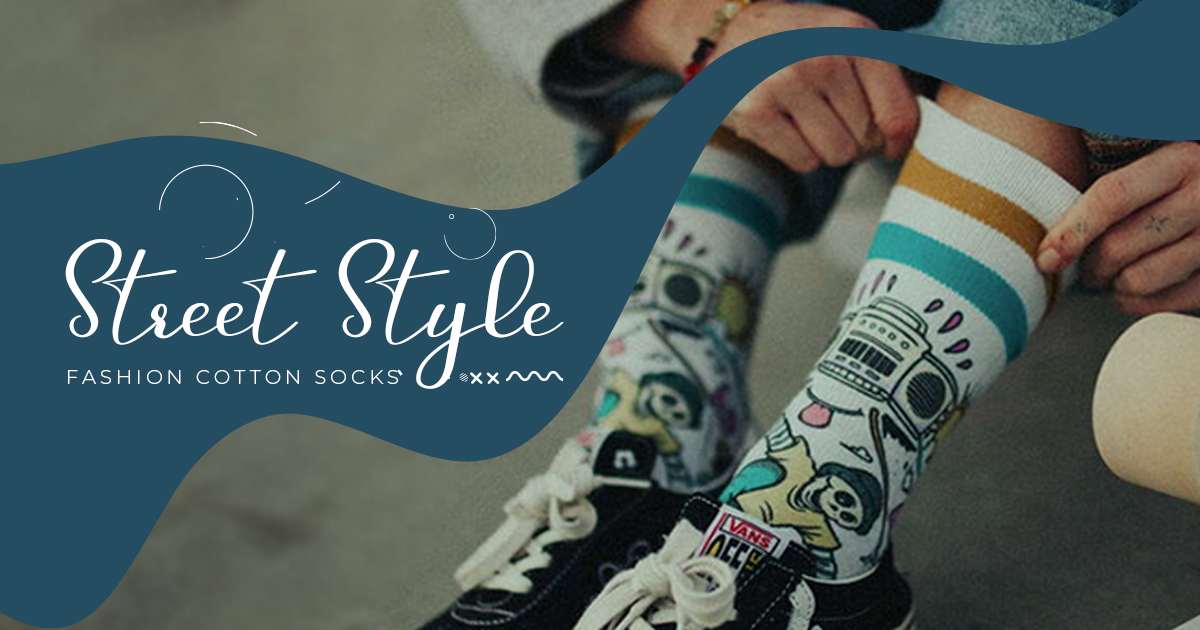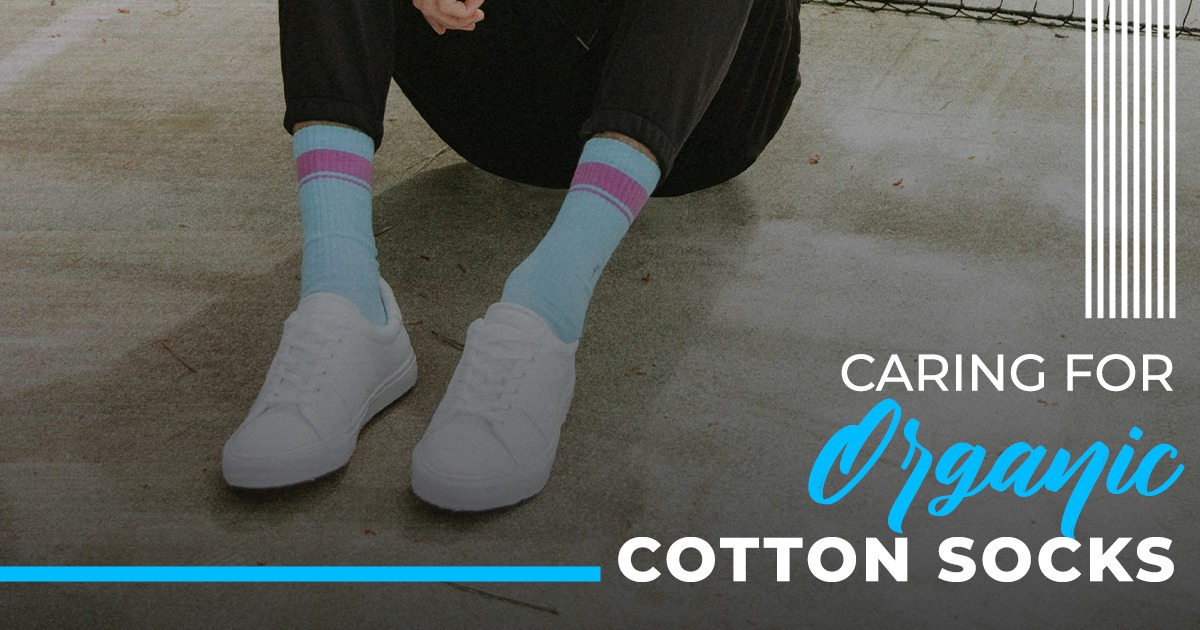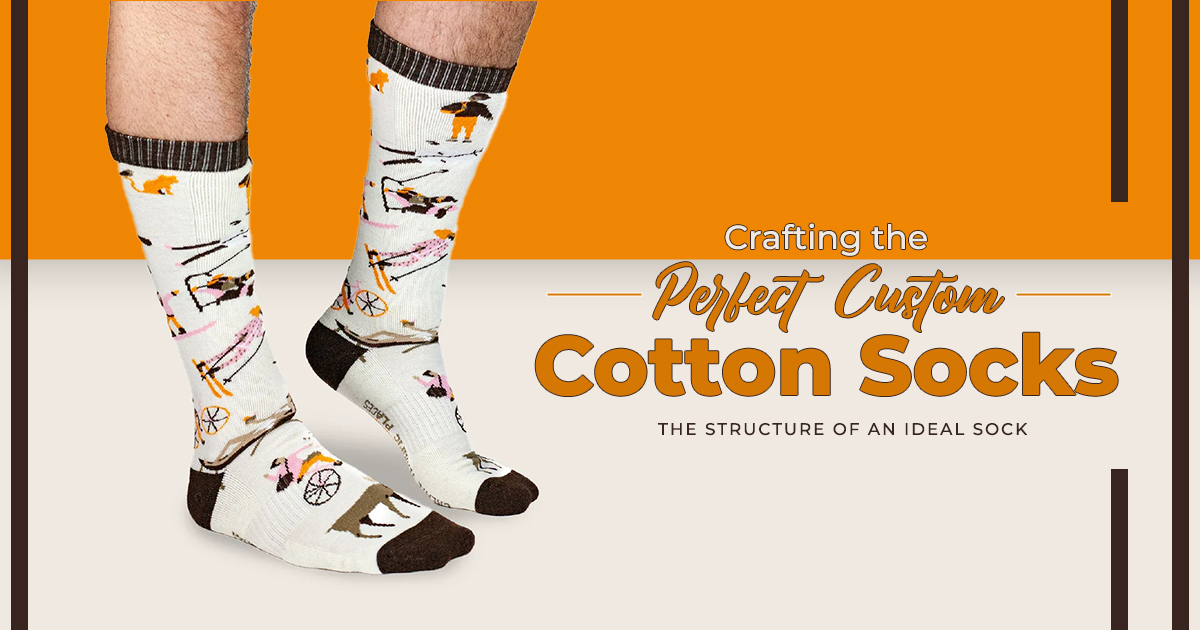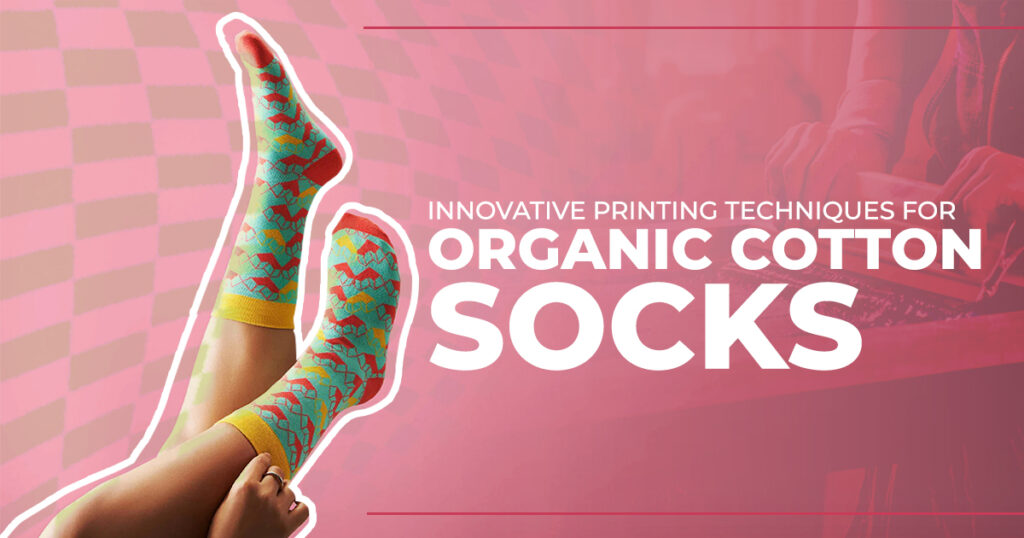
When discussing organic cotton sock manufacturer for the UK sock market, the focus is usually on the sourcing of the cotton, the ethical practices we follow, and the use of recycled polyester. However, one crucial aspect that’s often overlooked is the printing techniques used. These can have a significant impact on both the environment and the quality of the socks.
Traditional dyeing and printing methods, which involve toxic chemicals, excessive water consumption, and high energy use, are major contributors to pollution. According to the World Bank, textile dyeing and treatment account for almost 20% of global industrial water pollution, underscoring the need for more sustainable alternatives.
Sustainable printing and dyeing techniques are paving the way toward a more eco-friendly future, particularly for products like organic cotton socks, where ethical sourcing and green practices are crucial. These methods use less water, fewer harmful chemicals, and innovative technologies that minimise waste, making them much more sustainable than traditional approaches. For example, digital printing is highly water-efficient and reduces fabric waste by 30% by using only the required amount of ink. Sublimation printing, another popular method, uses heat to transfer dye directly onto fabric, resulting in vivid, long-lasting designs without creating wastewater.
Here, we’ll explore a few sustainable printing techniques that we, as an organic cotton sock manufacturer, use to provide a premium product that enhances both the consumer experience and the environment.
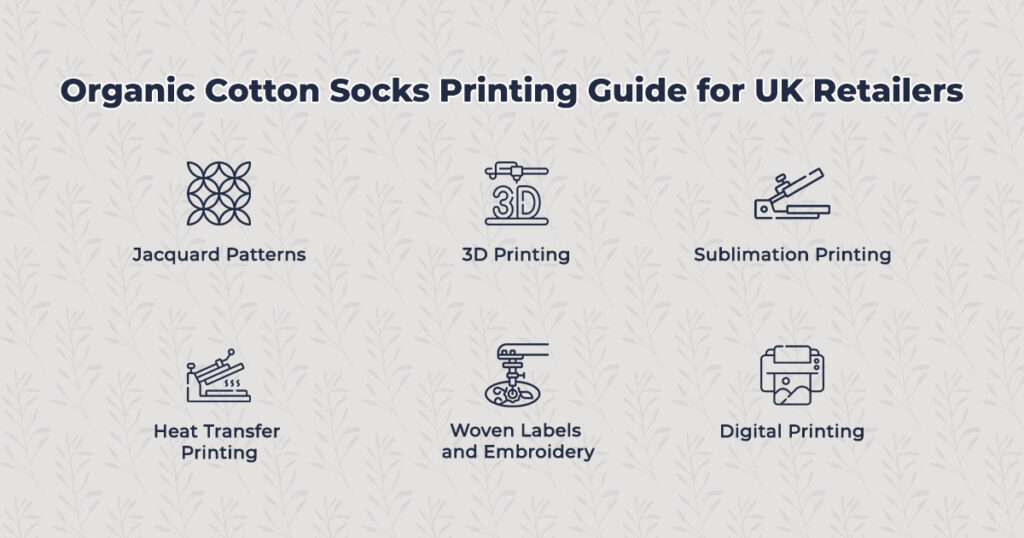
1. Jacquard Patterns: Knitted Tradition Meets Modern Innovation
History and Legacy: Jacquard weaving dates back to the early 19th century when Joseph Marie Jacquard revolutionised textile manufacturing by developing the Jacquard loom. This innovation allowed intricate patterns to be woven directly into the fabric, eliminating the need for laborious hand-weaving. Over the decades, Jacquard weaving has been used in everything from high-end fashion to household textiles.
In the context of organic cotton sock manufacture, Jacquard patterns offer a timeless elegance combined with durability. Unlike printed designs that sit atop the fabric, Jacquard patterns are woven into the socks, ensuring longevity and resistance to wear. This makes Jacquard ideal for creating intricate, multicoloured designs and branding elements, such as logos or symbols, directly into the sock’s structure.
For retailers in UK, Jacquard patterns are perfect for providing customers with a premium product that combines sustainability with detailed craftsmanship. The texture and durability of Jacquard weaving offer an elevated aesthetic appeal that resonates well with both luxury and casual markets.
2. 3D Printing: Pushing the Boundaries of Design
History and Legacy: Though relatively new compared to traditional textile techniques, 3D printing has been making waves in various industries since its introduction in the 1980s. Initially used for prototyping in the automotive and aerospace industries, it wasn’t until recent years that 3D printing entered the fashion world, revolutionising the way we think about fabric and design.
In Organic Cotton Socks: When applied to textiles, 3D printing allows for a whole new level of creativity. The technique involves creating raised, textured designs directly on the fabric, offering a tactile experience that is impossible to achieve through traditional printing methods. For organic cotton socks, 3D printing can be used to create dynamic, standout designs, from subtle textures to bold, artistic patterns.
UK retailers looking to attract younger, fashion-forward customers will find that 3D-printed socks can be a major differentiator. Whether it’s for casual wear or high-fashion collections, the ability to offer a product with both visual and tactile appeal makes 3D printing a cutting-edge solution for modern sock designs.
3. Sublimation Printing: From Sportswear to Streetwear
History and Legacy: Sublimation printing emerged in the late 20th century as a method for printing high-resolution images onto various materials, including fabrics. Originally used for sportswear due to its ability to withstand sweat and frequent washing, sublimation has since become a popular technique in mainstream fashion, allowing for vibrant, all-over prints on garments.
In Organic Cotton Socks: For organic cotton socks, sublimation offers the unique advantage of producing vibrant, full-colour designs that cover the entire surface of the sock. Unlike other methods that may be limited to certain sections or colours, sublimation can capture complex images and patterns, making it ideal for designs that require a lot of detail or gradient colours.
You can leverage sublimation printing to create eye-catching, custom designs that appeal to customers looking for personalised or bold, statement-making socks. Whether for limited-edition collections or custom corporate gifts, sublimation is a go-to technique for vibrant, long-lasting prints.
4. Heat Transfer Printing: Precision Meets Customization
History and Legacy: Heat transfer printing became popular in the 1960s and 1970s, primarily in the t-shirt printing industry. It involves transferring pre-printed designs onto fabric using heat and pressure, which offers precision and flexibility, particularly for intricate designs.
In Organic Cotton Socks: Heat transfer printing is perfect for adding logos, branding, or detailed designs to specific areas of the sock. It allows for precise application, meaning that retailers can produce socks with intricate artwork or subtle branding without compromising on the fabric’s texture or comfort.
For UK retailers, heat transfer printing is particularly useful for special promotions or personalised collections. The precision of this technique makes it ideal for small-batch orders where attention to detail is crucial. Additionally, it allows retailers to offer customised options, enhancing customer engagement and brand loyalty.
5. Woven Labels and Embroidery: The Craft of Branding
History and Legacy: Embroidery has been a form of textile art for thousands of years, with roots in ancient cultures across Asia, Europe, and the Middle East. It has long been associated with luxury and craftsmanship. Woven labels, on the other hand, became widespread in the 20th century, serving as a discreet yet effective branding method.
In Organic Cotton Socks: Woven labels and embroidery are both excellent ways to add branding to socks without overwhelming the design. Woven labels, usually attached to the cuff or side, provide a subtle, professional finish. Embroidery, meanwhile, allows for detailed logos or motifs to be stitched directly into the sock, adding texture and a sense of handcrafted quality.
Adding these elements enhances your brand recognition while maintaining a minimalist aesthetic. Both techniques speak to quality and craftsmanship, making them perfect for brands focused on luxury or sustainability.
6. Digital Printing: Fast, Flexible, and Efficient
History and Legacy: Digital printing on fabrics emerged in the late 1990s and has grown rapidly due to its ability to produce high-resolution designs with minimal setup time. Unlike traditional screen printing, digital printing does not require physical screens for each color, making it a faster and more flexible option for customization.
In Organic Cotton Socks: Digital printing allows for quick turnaround times, making it ideal for retailers offering personalised socks or fast fashion items. With digital printing, detailed images can be replicated on socks without the constraints of traditional methods, and it’s easy to switch between designs without the need for extensive retooling.
You can use digital printing to offer limited-edition designs or bespoke collections, ensuring they stay ahead of trends and cater to the growing demand for unique, customised products.
As an organic cotton sock manufacturer, Texcyle understands the challenge of staying ahead in design innovation while maintaining our commitment to sustainability. Whether you’re looking to offer high-end Jacquard designs, vibrant sublimation prints, or cutting-edge 3D textures, we provide the expertise and flexibility to bring your ideas to life. Why not always stay a step ahead of your competitors with comfort and style, ensuring your consumers not only return to you but that you also gain their mindshare as a brand? Get in touch with us today to explore, express, and experience.

